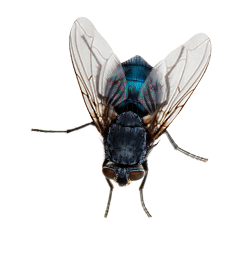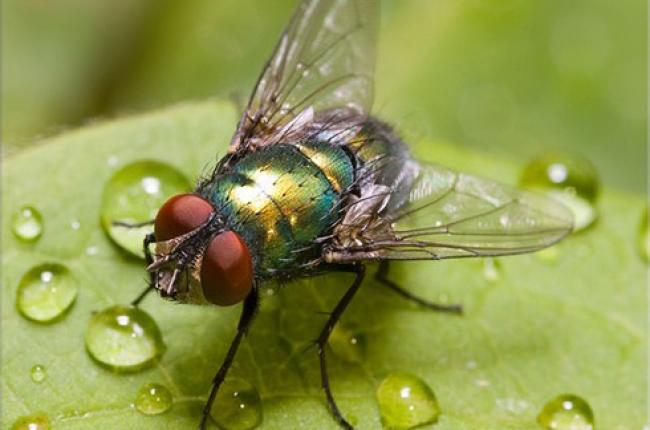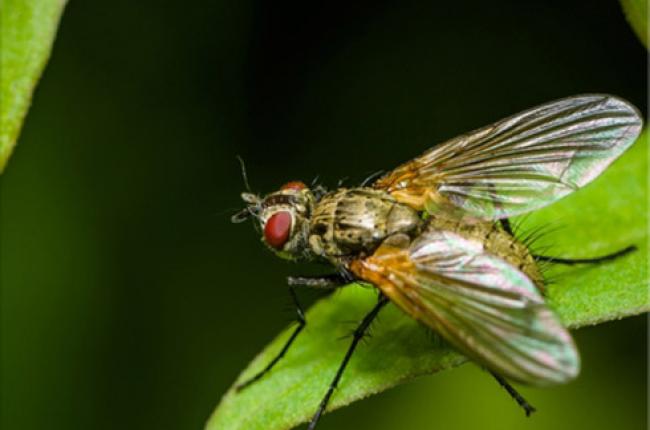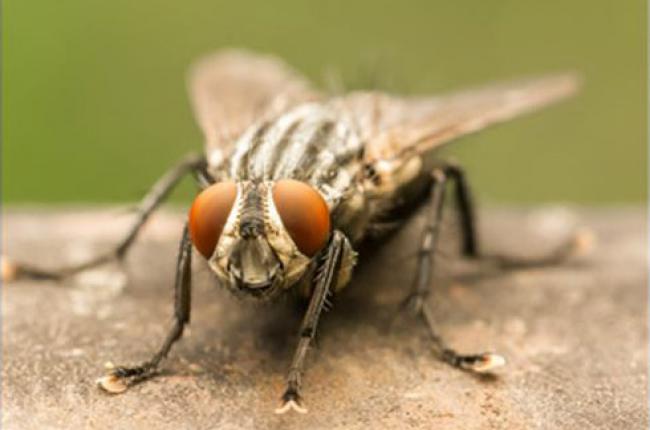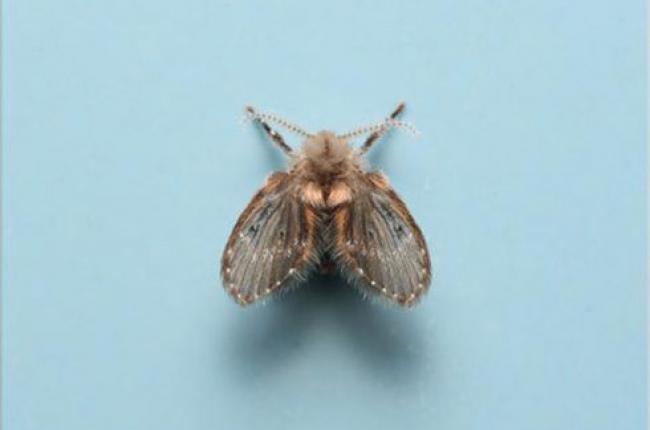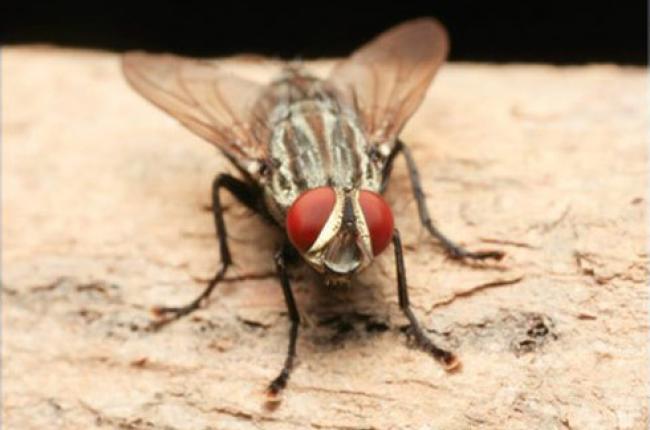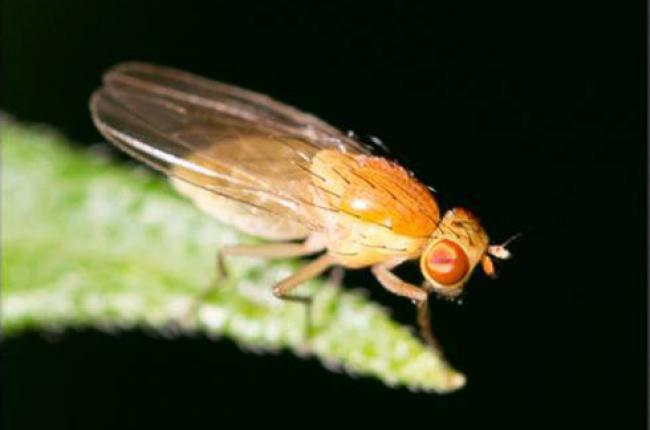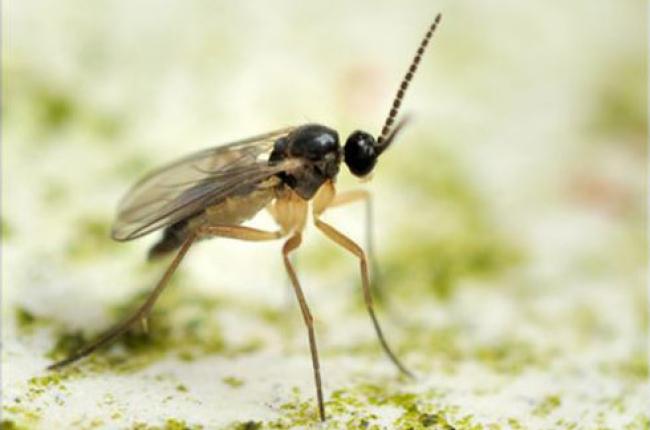Flies play an important ecological role in nature as pollinators and providing food sources for other animals. However, fly control is warranted when flies infest in and around businesses.
A fly infestation can be harmful in a number of ways, including:
- Disease Transmission: Diseases associated with food poisoning like Salmonella or E. coli. Other diseases that flies are known to spread include typhoid fever, cholera, dysentery and rotavirus.
- Reputation Management: The presence of flies can give customers the impression that a commercial property is unsanitary.
- Financial Risks: A fly infestation can result in financial losses for businesses by contaminating food products.
If a small fly problem is left uncontrolled, it has the potential to turn into a serious infestation. Some fly species are able to mature from eggs to adults in just days.
Effective Fly Control for Businesses with JP Pest Services
Proper identification of the fly species is crucial for locating breeding sites and resolving your fly issue permanently. Our treatment programs target both larval and adult flies for effective control.
JP Pest specialists use various fly control methods, including but not limited to:
- Insect Light Traps
- Fly exclusion treatments
- Liquid applications
- Fly baits
- Improved sanitation practices
- Removing decaying vegetation
Indoor Fly Control Solutions
Flies pose challenges for businesses and homeowners when they infiltrate a property, contaminating food sources. JP Pest provides indoor fly control solutions, employing treatments to prevent fly entry. In some cases, specialists use fly baits and liquid applications. Non-chemical options are explored before resorting to insecticides, ensuring safe and effective application by certified specialists. For certain businesses, insect light traps may be recommended to control indoor fly activity.
Outdoor Fly Control Solutions
Preventing fly access to a property is crucial. Our specialists are trained to apply effective outdoor fly treatments, including exclusion services to seal entry points. Recommendations may include installing self-closing doors and tight-fitting window screens. Improved sanitation, along with the disposal of decaying vegetation, makes the property less appealing to flies.
Restaurant Fly Control
Flies in a restaurant pose a high risk of food contamination, impacting customer health and the business's reputation. We offer tailored fly control solutions for cafes, bars, and restaurants. Commercial pest control experts assess risks and implement treatments discreetly during non-business hours to safeguard the establishment's reputation.
Why choose JP Pest Services?
- We’re Experienced- For nearly a century, we’ve been committed to solving pest problems from the common to the complex through research and the use of the most advanced products for maximum pest control.
- Employee training- Our service professionals take part in an industry leading training program led by degreed entomologists with ongoing proficiency testing and advancement training programs.
- Timely service- we respond quickly to get your property back on track as soon as possible.
- Accurate Reporting- Our process documents specify the pest issues, the intervention methods used to eliminate the threats and the effectiveness, thereby showing risk to your facility has been mitigated.
- Trusted Partner – Trusted by New England since 1925, our team of fully licensed and certified professionals are recommended by thousands of satisfied customers.
Get Control Now
- Call (800) 222-2908
- Request an Inspection Now
- Chat with a Team Member

